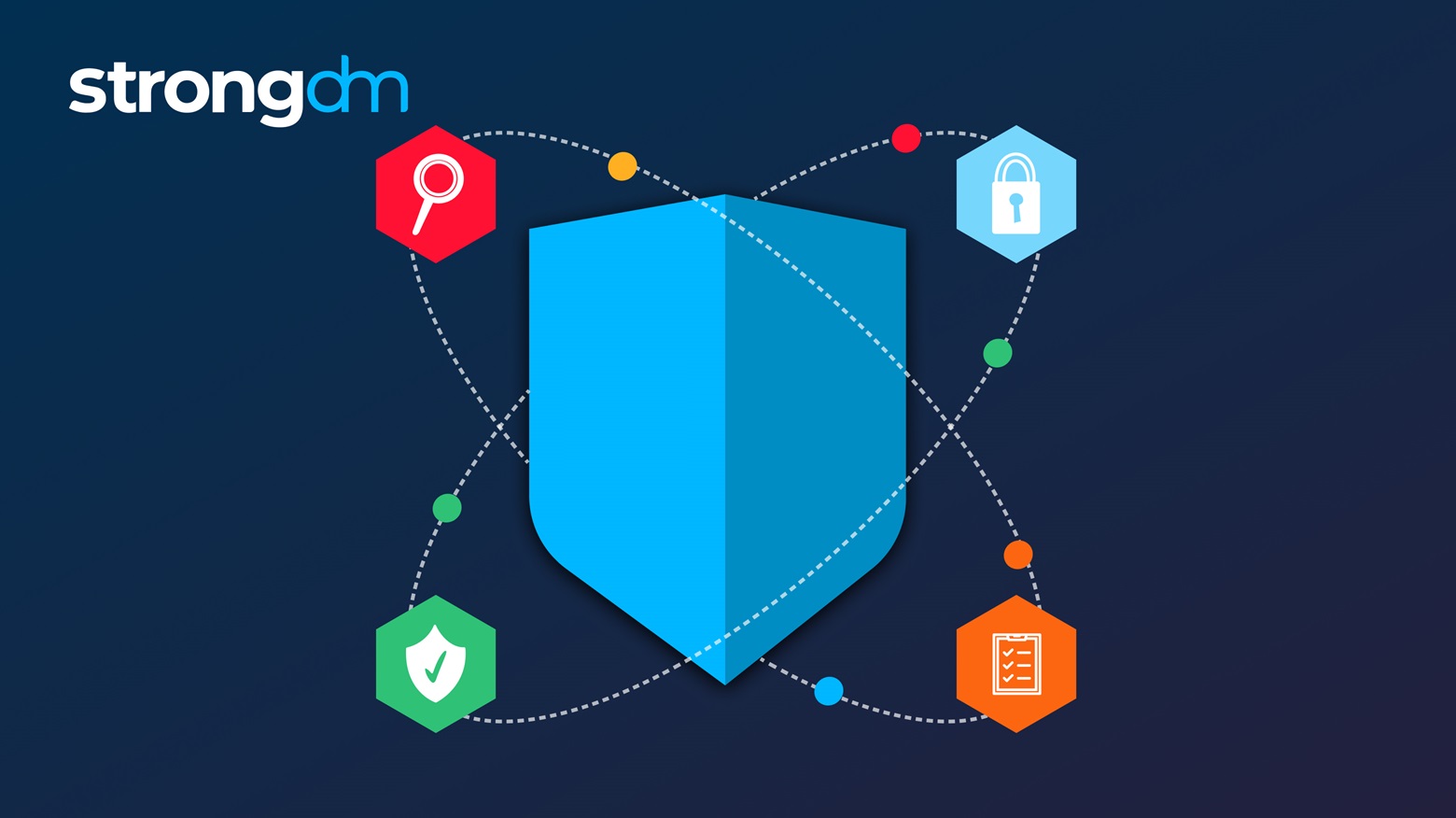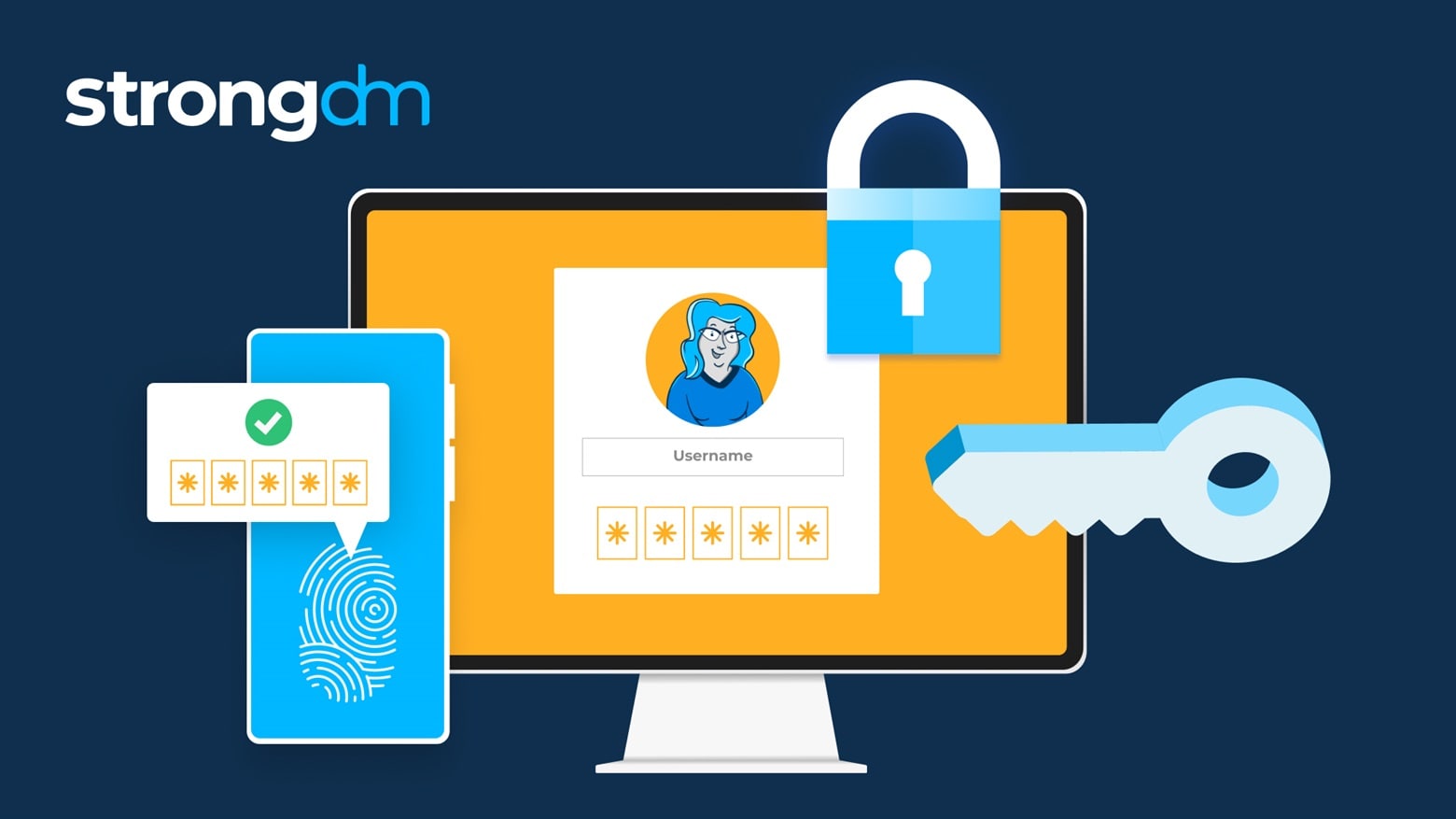Understanding the core differences between a Zero Trust architecture and a Virtual Private Network (VPN) is an important step in shaping your organization’s cybersecurity strategy. Zero Trust and VPNs offer distinct approaches to security; knowing their functionalities and security philosophies helps you understand when to select one or the other to protect your data effectively—a strategic necessity for robust cybersecurity.














